Related compounds Formula C6H7NO Boiling point 284 °C | Molar mass 109.1259 g/mol Density 1.13 g/cm³ | |
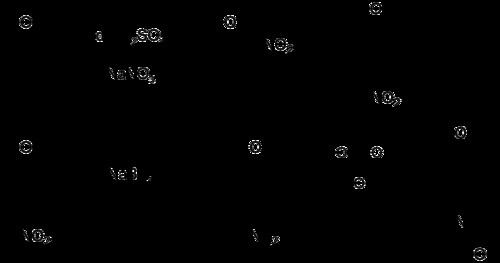 | ||
Related aminophenols Appearance colorless to reddish-yellow crystals | ||
4-Aminophenol (or para-aminophenol or p-aminophenol) is the organic compound with the formula H2NC6H4OH. Typically available as a white powder, it was commonly used as a developer for black-and-white film, marketed under the name Rodinal.
Contents
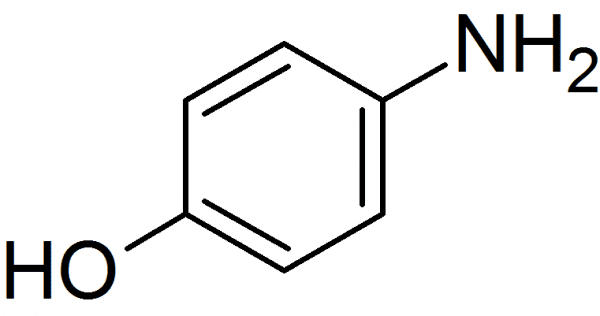
Reflecting its slight hydrophilic character, the white powder is moderately soluble in alcohols and can be recrystallised from hot water. In the presence of base, it oxidizes readily. The N-methyl and N,N-dimethyl derivatives are of commercial value.
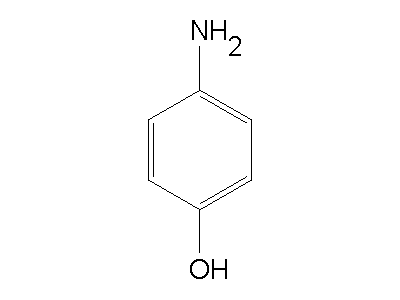
The compound is one of three isomeric aminophenols, the other two being 2-aminophenol and 3-aminophenol.
From phenol
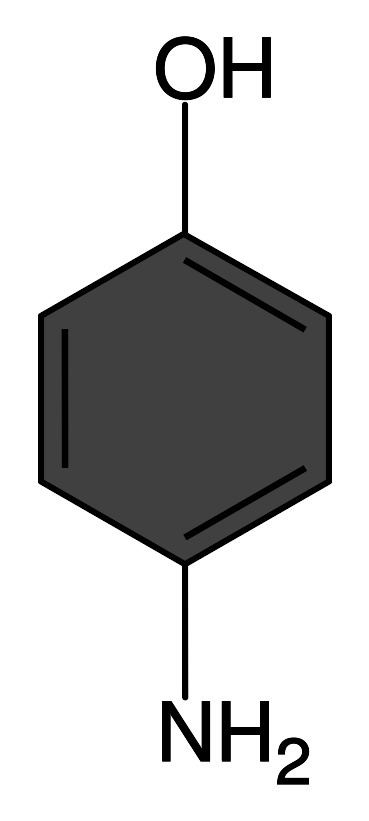
It is produced from phenol by nitration followed by reduction with iron. Alternatively, the partial hydrogenation of nitrobenzene affords phenylhydroxylamine, which rearranges primarily to 4-aminophenol:
C6H5NO2 + 2 H2 → C6H5NHOH + H2OC6H5NHOH → HOC6H4NH2From nitrobenzene
It can be produced from nitrobenzene by electrolytic conversion to phenylhydroxylamine, which spontaneously rearranges to 4-aminophenol.
Uses
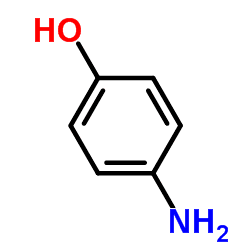
p-Aminophenol is a building block compound. Prominently, it is the final intermediate in the industrial synthesis of paracetamol. Treating p-aminophenol with acetic anhydride gives paracetamol:
- Parapropamol (4-HO-Ph-NHCOEt).
- Amidation with the acid chloride of ATRA gives Fenretinide.
- AM404 is made by acylating arachidonic acid.

